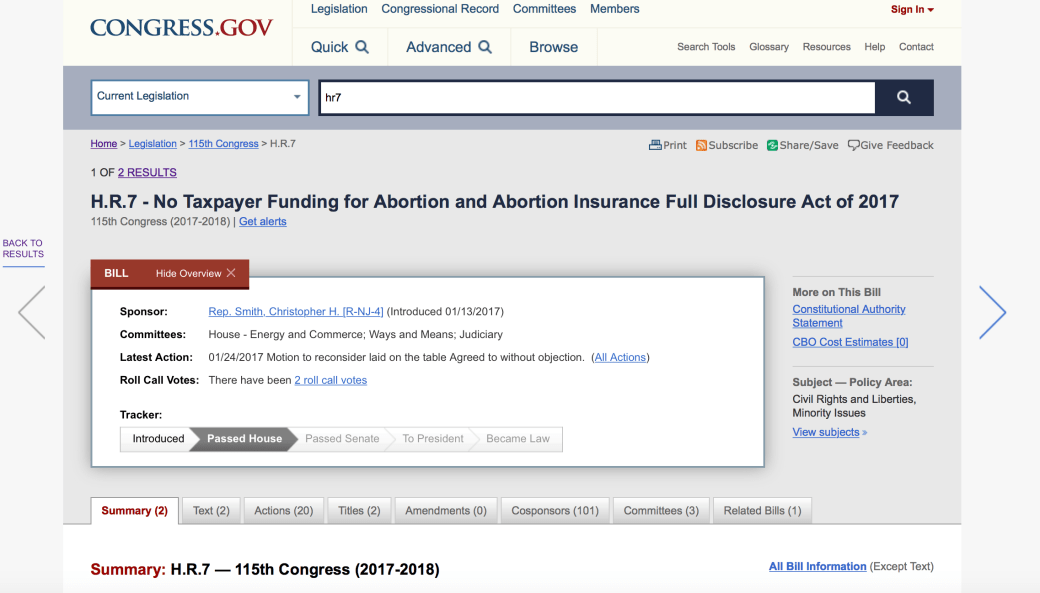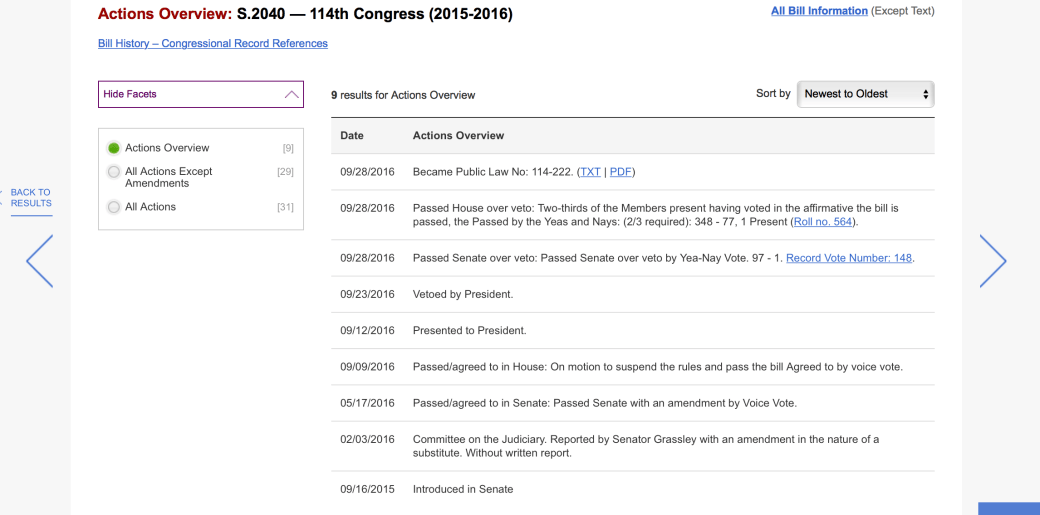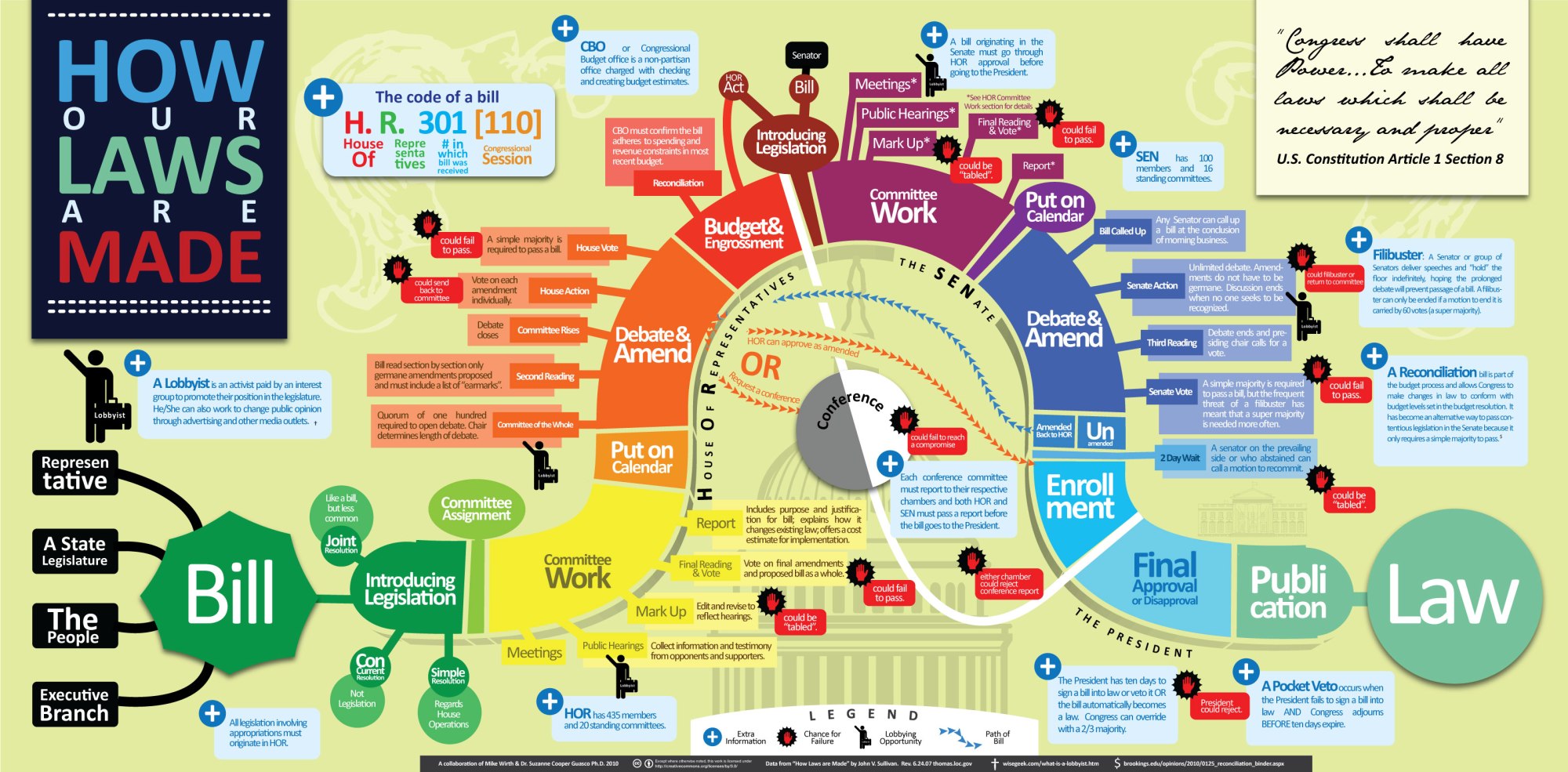Let’s face it – it’s been a long time since most of us took civics. Or maybe you slept/daydreamed through civics. Frankly, it’s possible your high school didn’t even have civics. That’s a topic for another day.
But here we are, trying to save democracy. And it’s hard to fight for something when you don’t understand the rules of the game. Knowing how government works saves you energy and time, and it makes you much more effective. Case in point: I’ve seen multiple calls to action recently targeting a crazy bill that died in committee in the last congress. It’s literally no longer active legislation.
So let’s get started, shall we?
Remember Schoolhouse Rock’s “I’m Just a Bill”? (Here’s a link to the video, which is only three minutes long, adorable, and worth watching even if just for nostalgia.) Schoolhouse Rock broke congressional action down into easily digestible pieces – awesome stuff. For folks that like flow charts, the image above – which looks like Congressional Candy Land to me – also explains the process incredibly well and is quite thorough. (Image credit to Mike Wirth and Dr. Suzanne Cooper Guasco and available here.) But for those of you that like to read something with links and screenshots, here we go…
How does this government stuff happen, anyhow?
First, someone gets an idea. They share that idea with their elected official, who likes that idea. They write it all out and share it with some fellow legislators, and then they “introduce” the bill formally. It gets read, and it gets its own number – like H.R. 7 (if in the House of Representatives), or S. 200 (if in the Senate). That number is super helpful when you’re tracking bills on www.congress.gov, or if you’re making a specific ask of your legislator. So keep track of the bill numbers that you care about.
Okay, so now the bill has been read, and it’s got a nifty number. Now it gets sent to a committee, which will look at it more in depth. There are a whole bunch of committees – you can go here to see what they are and head to the bottom of this page for links to committee schedules for both the House and Senate. Each committee has a chairman (who is of the majority party – in the 115th Congress it’s a republican) and a “ranking member” which is a fancy name for the senior member of the minority party.
The committee will do all sorts of stuff – like make changes and mark the bill up and have hearings so they can learn more about the subject. But until the bill gets out of committee, it’s not going to get a floor vote. Did you ever hear someone say that the “bill died in committee”? What they mean is that the bill never got out of committee – and that is very, very common.
There are so many bills that are introduced each session and sent to committees that it is literally impossible to get to all of them. So, the committees must make decisions about what bills get priority. And even those that get attention can still be stalled, or voted against in committee. If a bill gets through the committee process, it goes to the floor for a vote. If it’s a bill that’s originated in the House, and if a majority of the House votes for the bill, it passes. Behold the Congress.gov page for HR7, which just passed the House:

Congress.gov is the government source to go to if you want to know what’s going on with a bill that you care about. To search for a bill, add terms (keywords, bill numbers, etc.) in the box at the top of the page. So let’s look at HR7; it was sponsored by Rep. Smith from New Jersey. It was introduced on 1/13. And it was sent to three committees – Energy & Commerce, Ways & Means, and Judiciary. The progress tracker at the bottom shows me right away that the bill has already passed the House. So that tells me that my advocacy should be focused on the Senate now. If I want to get more in depth information, I can look at the actions that have been taken under the Actions tab. If I want to see how my rep voted, I can go to the Actions tab and find the link to the roll call vote. That link will take me someplace like here:

Pretty easy to find my rep there by searching for his/her name, right?
Okay – back to our overview. Our hypothetical bill has passed the House. Now what? Well, it goes to the Senate, where the whole thing starts over. Again, it goes through committees and has to be sent to the floor for a vote. Unique to the Senate, however, is the filibuster – a tool that has been called the Soul of the Senate and is either loved or hated depending upon whether you ask the minority or majority. A filibuster is often described as “talking a bill to death.” It’s basically unlimited debate; a Senator can speak on a bill until “cloture” is achieved – which is currently 60 members.
Again, depending upon what side you’re on, the filibuster is either a helpful tool to maintain democracy… or an obstruction to the will of the people. Case in point:
[I]t is one thing to disagree with expanding the use of the filibuster into a non-traditional area [such as judicial nominations] regardless of who is the President and who is in the minority. It is another thing to be for expanding the filibuster into judicial nominations when one is in the minority, but to turn around and urge its elimination altogether when one is in the majority.
– Mitch McConnell Opening Statement Before the Rules Committee Hearing “Examining the Filibuster,” at pg. 6.
Thus sayeth our very own Mitch McConnell, the man who steadfastly blocked Merrick Garland. This quote was taken from a hearing held when the GOP was in the minority. Let us all bookmark that passage for when he tries to push an extremist Supreme Court nominee through the Senate by eliminating the filibuster, shall we?
Okay, so let’s talk about time saving procedures. Sometimes members of the House and Senate cooperate and file an identical bill in both houses at the same time to speed up the process. For a real-world example, search S.65 in Congress.gov, and go to the “related bills” tab (or go to this link where I’ve already done it for you); there you will find H.R. 371 – an identical bill introduced in the House. So if both bills pass their chambers, the House will have its version. And the Senate will have its version. But as we’ve already discussed, committees might have changed the bills and amendments might have been made as they went through the process. The bills might look a little different now. If that happens, a “conference committee” is created by the two houses and they hammer out a compromise.
Then it goes to the POTUS, who has 10 days to sign or veto the legislation. If he vetoes the bill, it goes back to the House and Senate, which can “override” the veto with 2/3 of each chamber voting in favor of the bill. But here (as in all areas of life, actually) doing nothing is just as much of an action as doing something. If the POTUS neither vetoes nor signs the legislation within 10 days and Congress is in session – the measure becomes law. But if he/she does nothing within 10 days and Congress is not in session – then it’s what has been named a “pocket veto” and the legislation will not become law.
Here’s a recent example of a veto override:

Senate Bill 2040 passed over a presidential veto – you can look through the actions summary page to see how the bill traveled through Congress.
It’s a wonder that anything ever gets passed, isn’t it? Actually, in the last 40 years, the highest percentage of bills that were enacted in any one year was 7%. Keep in mind, though, that each “Congress” is actually two years, and we just started the first year. So bills introduced now have two years to get through the process.
A few final resources: Both the House and the Senate (with a super kicky flow chart, even!) have helpful information about how laws are made, which you should check out if you want more detail. And www.govtrack.us does a lot of the heavy lifting for you if you want to track bills, committees, members, votes – it’s a really fantastic resource, and now that you know how to use the government website you can more fully understand and appreciate all of govtrack’s bells, bongs and whistles. (It is not an agency.) Also, Countable is a free app that sends you bill summaries and updates on progress. It’s also got a voting feature that it claims to send to your representative. Nifty, huh?
Last few links to bookmark:
- Want to know what bills are up in the House this week? Check here.
- Want to know what House Committees are meeting this week? Check here.
- Want to know what Senate Committees are meeting this week? Check here.
So there you have it! You’ve now been armed with some awesome tools to make your advocacy more efficient, effective, and accurate. So the next time someone on your Facebook feed tells you to call xyz about pdq – you know where to look to make sure that’s an accurate “ask.” Teach a man to fish, and all that.
And one last thing?

2 thoughts on “Wait – How Does Government Work Again?”